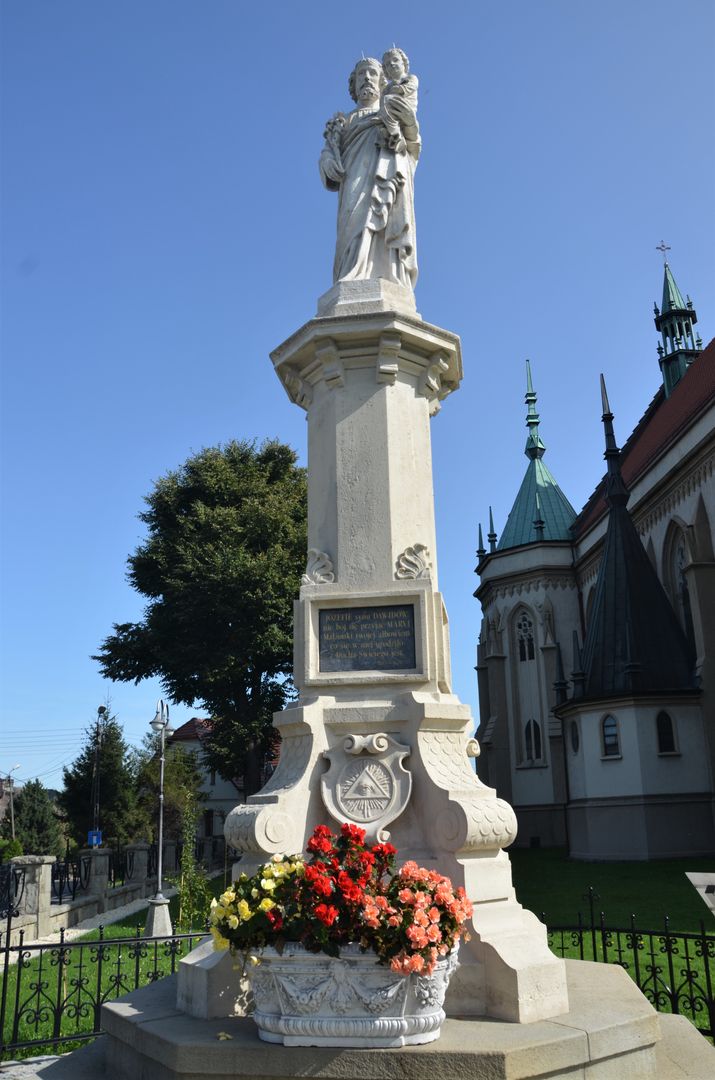Wilamowice
6.78

Overview
Wilamowice is a town in the Silesian Voivodeship, situated between the Oświęcim Basin and the Silesian Foothills. It serves as the seat of the Wilamowice urban-rural municipality and has a population of approximately 3,151. Historically significant, the town—also known as Wymysoü in the Wymysorys language—has unique ethnic roots tied to a Germanic group whose members speak the distinct Wymysorys language, which has been intensely revitalized in recent years. Wilamowice boasts a rich architectural heritage, featuring the Neo-Gothic Church of the Holy Trinity and the Market Square complex, including a town hall from 1869 and 19th-century townhouses. The town is also home to Ochronka św. Anny, a former kindergarten, and numerous historically significant wooden houses. The weaving culture of Wilamowice dates back to the 19th century when the textile industry developed, contributing to the local economy. The people of Wilamowice preserved their traditions, though these were threatened in the 20th century, particularly during World War II, when the use of their language and wearing of traditional attire were banned. An interesting fact is that despite the easing of restrictions, the residents did not maintain full intergenerational transmission of their language, leading to its marginalization. Since the 1980s, Wilamowice has once again become a focus for ethnologists and cultural activists, such as Tymoteusz Król, who work to revitalize local heritage. In the near future, efforts to restore and promote Wymysorys culture are increasingly visible. Wilamowice is a town with a rich history, striving to preserve its unique traditions and language while embracing modernity.
Location
2025 Wizytor | All Rights Reserved